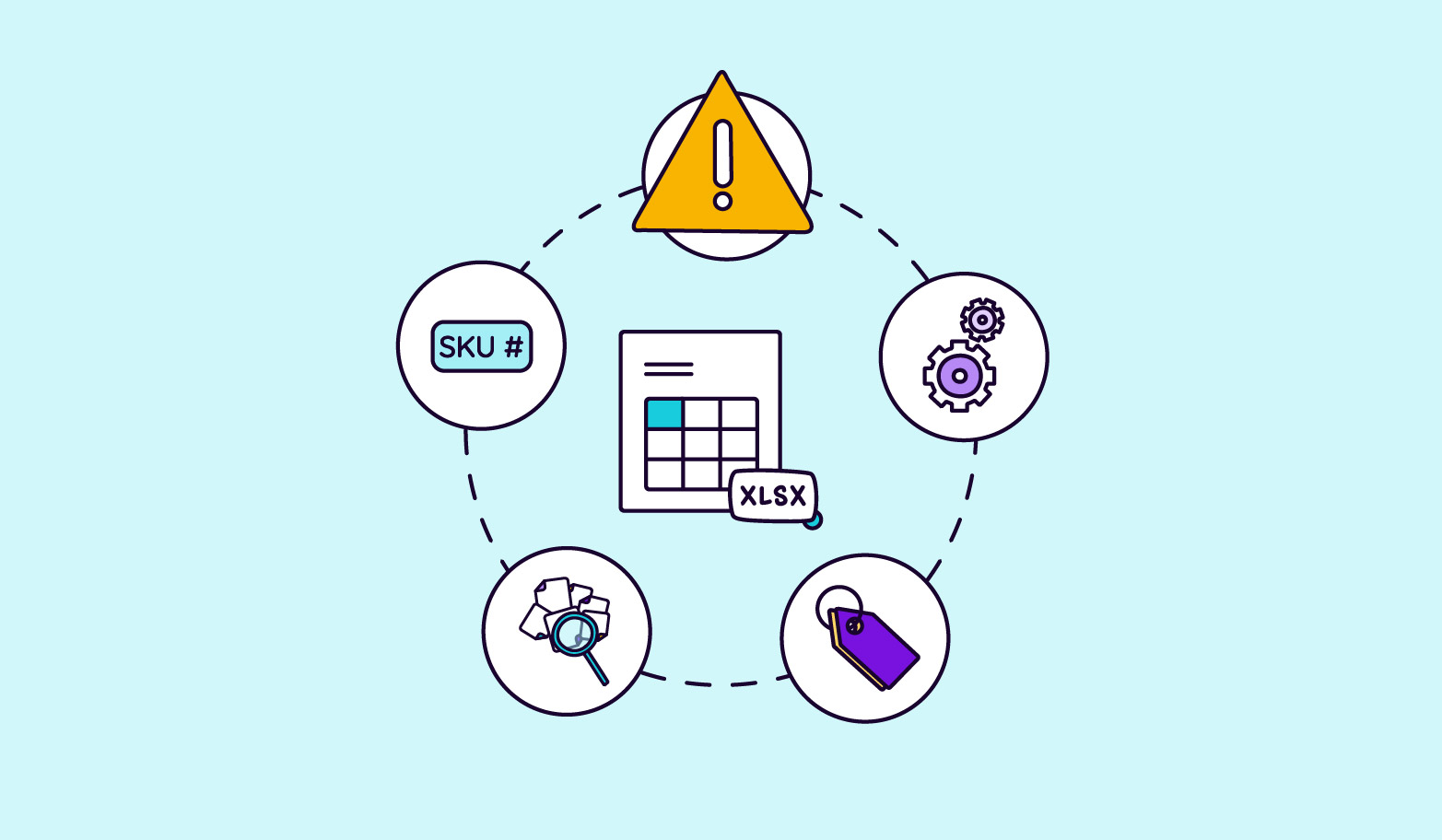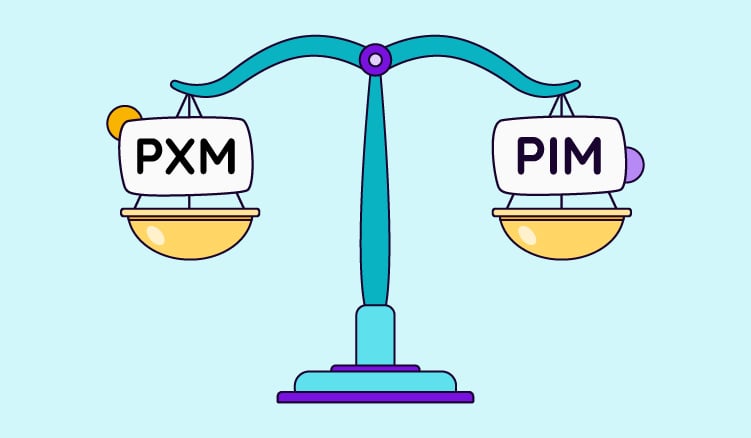Convenience is one of the reasons why ecommerce has become the new norm.
But, let's be honest, the meaning of ‘convenience’ has undoubtedly changed over the years. The latest pandemic has truly shifted its meaning to try and achieve the same (if not better!) level of customer satisfaction you're used to getting in-store.
Take Amazon, for example. Since 2009, the marketplace giant has been working on its internal logistics to process customer orders in a way that sets them apart. They moved from a same-day delivery service and now have one of the best “last-mile” management that has allowed them to do two-hour deliveries. Impressive!
What is a last-mile delivery?
When we talk about last-mile delivery, we’re talking about the final stage of delivery. This is the shipment and delivery to the customer’s doorstep; a critical part of supply chain management. This process ensures that all goods that are brought into the warehouse are accurate, packed, and ready to be delivered.
This is a vital stage because;
- Customers expect speedy delivery. 56% of online shoppers between the ages of 18 to 34 years all expect same-day delivery, with 61% even willing to pay more for this option.
- Customers now have a wide range of options to choose from, and if you cannot deliver their product fast, they will look elsewhere. A study found that 69% of online buyers are less likely to purchase from a retailer again in the future if their item is not delivered within two days.
With the growing demand for “same day” delivery, last-mile is what will keep your business in the game. Or, the reverse, what’s stopping you from retaining customers. But, how can a data management tool help you create the perfect internal data management system for your ecommerce business? Read more!
PIM benefits for logistics data management
1. Departments will no longer work in silos
When you work in ecommerce, you need orders to be fulfilled in a timely manner to keep customers satisfied at all times. Well, nothing hinders that from happening more than scattered data and internal departments working in silos. This makes inventory and logistics management much harder than it needs to be.
Broken communication between your departments and suppliers can lead to dependencies that have a domino effect. This can then, ultimately, lead to poor supply visibility, slow processes, and a higher chance of having supply disruptions that lead to damaging circumstances such as missed delivery deadlines.
A PIM database was built to ensure collaboration and remove silos in the organization. Your team can work efficiently to update and manage all your data, and ensure the information being sent to suppliers is correct so that you won’t have to worry about supply disruptions that could lead to delivery hiccups.
2. A single place for all your data to live
One of the biggest benefits of having a PIM coupled with an inventory management tool is that you get to have all your data in a central location. Data is a valuable resource, but quality data makes you indestructible. When you have rich, accurate data, you can pull insights from it and make informed decisions fast.
Internal logistics are incredibly dependent on product information to prioritize deliveries and optimize logistics for specific products. Accurate and rich data in a central repository allows for faster distribution of products that are a high priority.
This creates a better experience for customers as it ensures that their favorite products are always in stock and delivered on time without issues. This cannot be done with inaccurate data or data spread across multiple spreadsheets. For example, when a product is selling like hotcakes (or not at all), you can easily monitor performance as you see it happening in real-time. Nothing can miss you.
3. Enhances inventory management efficiency
You can’t have efficient last-mile delivery when your inventory management isn’t up to standard. In fact, without adequate inventory management, your business could lose a lot of money; not just customer satisfaction. Think back to 2013 when Walmart lost a total sum of $3 billion due to poor inventory management, which also resulted in them suffering regular stock-outs months later. Now, if this is how it impacts big businesses, you can only imagine the impact on SMBs.
According to this article, one of the biggest causes of poor inventory management is using spreadsheets. In a study about the “Impact of errors in operational spreadsheets”, they found a total of 15 spreadsheets that had an error, and the total number of errors was 117. The study further states that around 40% of those errors had a minimal impact on a business while seven of those errors resulted in substantial losses between $4 million to $110 million in revenue.
While product information management tools are made for inventory, when you integrate PIM with your ERP, you can control the end-to-end process better.
There is no efficient data management without PIM
We hate to say it, but it’s true. There is no successful data management without a product content management system. With the recent supply distractions, we have seen that not everything can be in your control. But, don’t make a lack of a product management system and its impact on your logistics be one of them.
Get a product catalog management tool to streamline your logistics in 2022!




